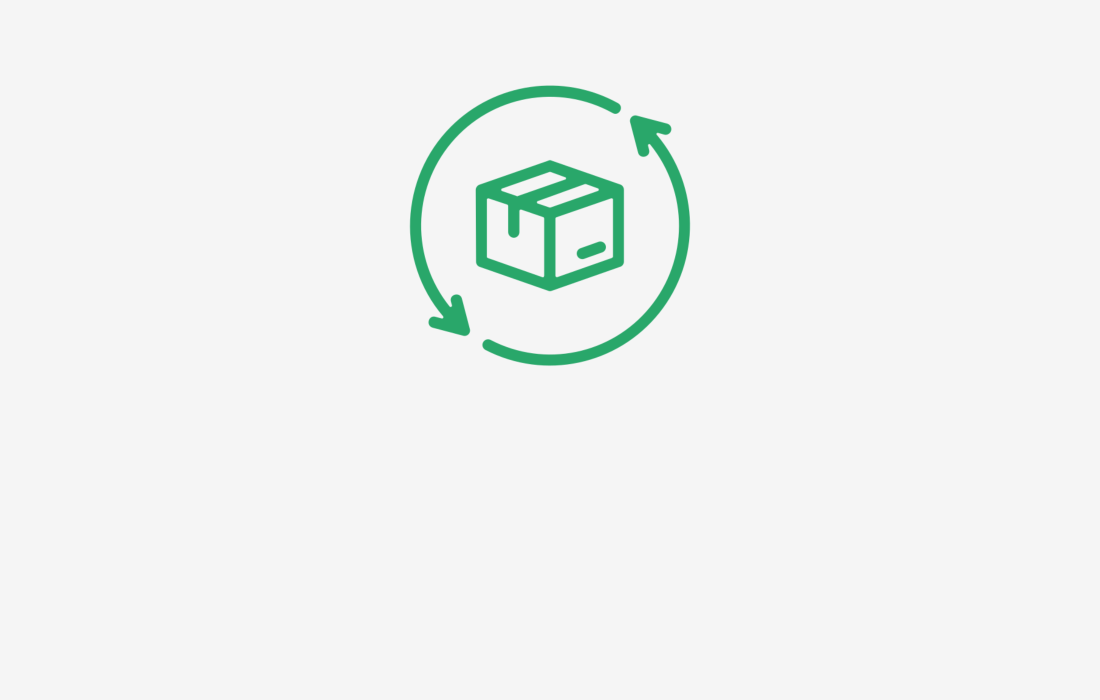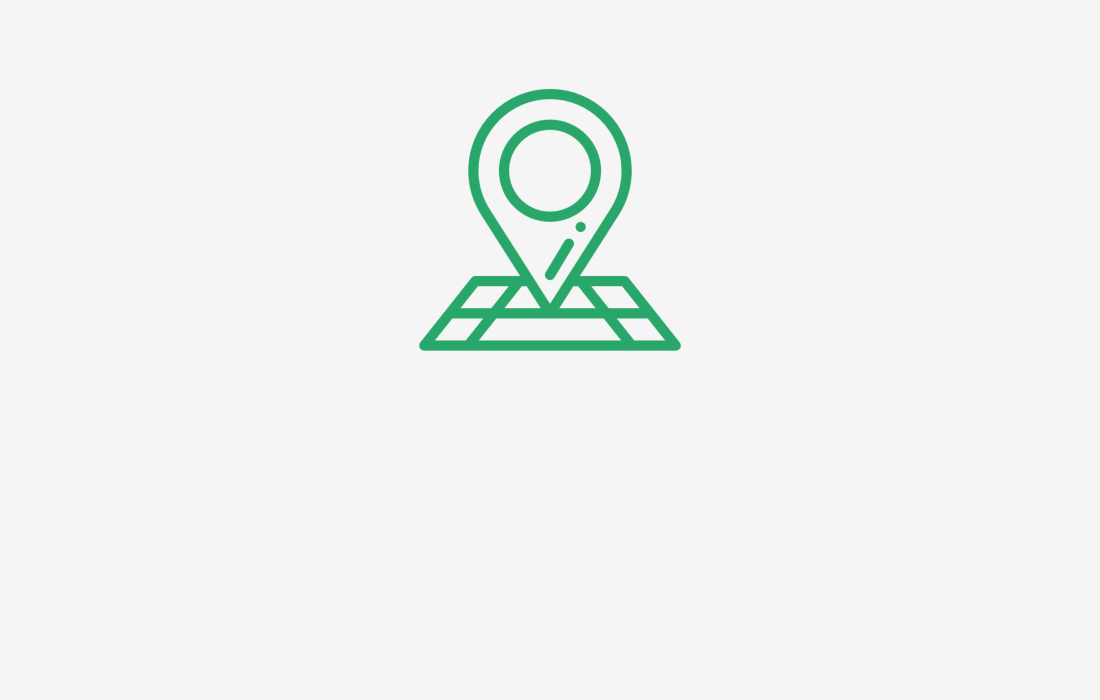Empty cart
No products in the cart.
Return to Shop

Strategies for Backlink Acquisition
Crafting a solid backlink profile isn’t merely about quantity; it’s predominantly about quality. Here are proven strategies to acquire valuable backlinks.
Here are our top 10 strategies for backlink acquisition along with a brief on how each can be achieved:
Content Creation and Promotion:
Create engaging, unique, and high-quality content that people want to link to. Share this content across social media and other platforms to increase visibility.
Guest Blogging:
Write articles for other websites in your industry. This helps you tap into their audience and get a backlink, usually in the author bio.
Broken Link Building:
Find broken links on other websites and offer your content as a replacement. This can be achieved by using tools to scan for broken links and reaching out to webmasters.
Infographics:
Design and publish infographics that others find valuable. Promote these across social media and infographic submission sites to garner backlinks.
Competitor Backlink Analysis:
Use tools to analyse competitors’ backlinks. Reach out to those websites and suggest your content as an additional resource.
Link Reclamation:
Identify places where your brand is mentioned without a link and request the site owner to add a link back to your site.
Purchasing Links:
While traditionally not recommended due to search engine guidelines, purchasing links from reputable sources can be an effective way to acquire backlinks. Ensure the practice adheres to Google’s Webmaster Guidelines to avoid penalties.
Purchasing links, when done from reputable sources, can provide a significant boost to a website’s backlink profile. It involves finding and buying backlinks from websites with high authority that are relevant to your content.
The key to success with this strategy is ensuring the quality and relevance of the linking site to avoid the risk of penalties from search engines. This can often be achieved through private marketplace dealings or through networks that specialise in link sales.
Skyscraper Technique:
Find top-performing content within your niche, create something better, and then share it with the websites that link to the original piece.
Community Engagement:
Participate in forums, comment on blogs, and engage with the community to get your name out there, which can lead to natural backlink opportunities.
Resource Pages:
Look for resource pages that link to content similar to yours and reach out to suggest adding your site as a resource.
Now that you know some link-building techniques, let’s look at how you can monitor your backlinks and evaluate them properly.

Tools for Backlink Analysis
To effectively strategise, you need to analyse both your and your competitors’ backlink profiles.
Here’s a list of tools that can assist:
Ahrefs
Ahrefs is known for its robust backlink database. It allows you to:
- View a competitor’s backlinks, including the referring page and destination page.
- Filter by link attributes (e.g., Dofollow, Nofollow, UGC, Sponsored).
- Identify high-impact links by filtering domain traffic, domain rating (DR), and excluding subdomains.
- Spot new backlinks and conduct proactive link building by tracking new and restored links.
- Analyse lost links and understand why (e.g., due to a Noindex tag).
- Find specific link-building opportunities by searching for certain words or phrases in the domain name, referring page title, URL, anchor, or target URL. See this tutorial.
SEMrush
SEMrush offers detailed backlink analysis with features that allow you to:
- Analyse the backlink profile of any website, including total backlinks, referring domains, and IPs.
- Examine backlink types, such as follow vs. nofollow and text vs. image links.
- Dive into backlink details, including the source URL and anchor text.
- Monitor new and lost backlinks to track the effectiveness of link-building efforts.
Moz Link Explorer
Moz’s Link Explorer provides:
- Research capabilities into the backlink profile of a website using metrics like Domain Authority and Spam Score.
- A large backlink index to find most backlinks, including harmful ones.
- The ability to filter backlinks by status code to find lost links.
Google Search Console
Google Search Console’s backlink analysis capabilities were not detailed in this session due to the inability to access specific guides, but generally, it includes:
- Viewing your website’s backlinks.
- Understanding your link profile in terms of total backlinks and linking domains.
- Exporting backlink data for more detailed analysis.
SEO SpyGlass
SEO SpyGlass can help you:
- Discover new link-building opportunities by analysing competitors’ backlinks.
- Perform keyword research to find effective keywords for your SEO strategy.
- Identify high-quality backlinks that you can replicate.
- Analyse your competitors’ backlink profiles and anchor texts to understand their strategies.
- Identify low-quality backlinks for removal or disavowal.
SE Ranking
SE Ranking was not detailed in this session due to time constraints, but it is known to offer:
- A comprehensive backlink checker.
- Trust score metrics for domains and pages.
- Analysis of anchor text and dofollow vs. nofollow links.
- Historical data on backlinks, including first seen and last seen dates.
Each of these tools offers a unique set of features to analyse and strategise backlink profiles for both your own and your competitors’ websites.
While I was able to expand on some of the tools, for Google Search Console and SE Ranking, you may need to refer to their respective official documentation or seek guidance from experienced users for more comprehensive insights.
Avoiding Bad Backlink Practices
When it comes to SEO, backlinks are akin to professional references on a resume—they suggest to search engines like Google that other websites vouch for your content.
However, not all backlinks are beneficial. In fact, poor backlink practices can lead to penalties from search engines, which can severely impact your site’s ranking and visibility.
Understanding Google Penalties
Google’s algorithms are designed to reward websites that offer genuine value to users and penalize those that attempt to manipulate rankings through underhanded means.
Black-hat SEO tactics are against Google’s Webmaster Guidelines. If detected, Google may issue manual action penalties, which can range from demoting your website’s rankings to completely removing it from search results.
To maintain a clean backlink profile, it’s important to engage in ethical link-building practices. This means earning links based on the merit of your content, through natural outreach, and by providing value to users.
Disavowing Harmful Backlinks
Unfortunately, you don’t have control over who links to your site. Sometimes, your site might attract backlinks from spammy or untrustworthy sources.
These can arise from negative SEO attacks, where others try to harm your ranking by creating bad links to your site, or simply from being listed on a low-quality directory.
Google introduced the Disavow tool for webmasters to distance themselves from the harmful effects of these low-quality backlinks.
By submitting a disavow file via Google Search Console, you can ask Google not to take certain links into account when assessing your site.
This process tells Google that you do not endorse these links.
Here’s how you can responsibly manage your backlink profile:
Regular Monitoring:
Keep an eye on your backlink profile using tools like Google Search Console or third-party SEO tools. Regular audits help identify any suspicious links early on.
Outreach:
If you notice spammy or low-quality links, try reaching out to the site owner and ask them to remove the link to your site.
Documentation:
Maintain a record of your outreach efforts as evidence that you’ve taken steps to remove bad backlinks, which can be useful if you need to submit a reconsideration request to Google after receiving a penalty.
Use the Disavow Tool as a Last Resort:
If outreach doesn’t work, use the Google Disavow tool. But be cautious—incorrectly disavowing beneficial links can hurt your SEO. It’s advisable to consult with an SEO professional if you’re not sure which links to disavow.
Focus on High-Quality Links:
Shift your efforts towards getting high-quality backlinks from reputable sites. These are more valuable and present no risk of penalty.
By understanding and adhering to these practices, you can protect your website from potential penalties and maintain a strong and beneficial backlink profile.
As you hone your backlink-building skills, it’s equally crucial to monitor these backlinks and understand their impact on your SEO. Now, let’s delve into backlink metrics and analysis.













